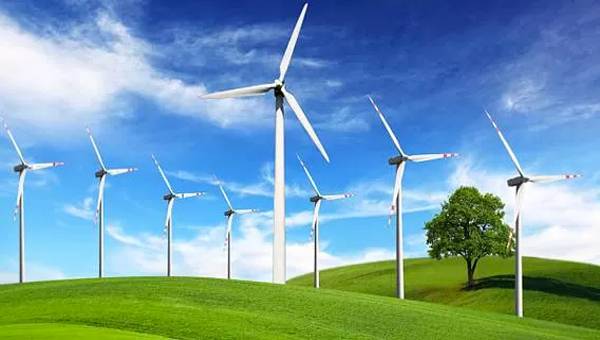
Photo: https://ru.depositphotos.com/
In 2020, the EU Council approved a long-term strategy to reduce greenhouse gas emissions by 2030. The main aim is to raise targets for the reduction of greenhouse gas emissions by at least 55% from the level of 1990.
The EU is going to finance the big carbon reduction by issuing a €750 billion loan from its Pandemic Recovery Fund. The introduction of "eco-tariffs" on imports of goods from countries with higher emission levels will be one of the measures to stimulate emission reductions. Eco-tariffs are expected to be the EU's universal instrument of protection for at least the next 10 years.
A reduction of the number of combined heat and power plants, technology overhauls or complete shutdown of all power plants with traditional fossil fuels and their substitution with alternative sources are the key factor in reducing emissions. Poland has the largest number of plants of this kind. Up to 70% of them operate by fossil fuels such as fuel oil and coal. Therefore, the country has asked for funding to develop a new environmental program and for possible postponing of its environmental standards’ strategy.
The first results have been achieved. The year of 2020 marked a pivotal point. For the first time, renewable power sources overtook fossil fuels in EU electricity generation. Germany, the UK and Spain are the leaders in this segment. The Ember and Agora Energiewende analytical company cited figures showing that clean energy accounted for 38% of Europe's electricity in 2020 while fossil fuels dropped to 37%. The rest of it comes from nuclear power. This sector is also developing. Old units that are more than 30 years old are undergoing overhauls or being decommissioned.
The forecasts of the EU's intentions to halve carbon dioxide emissions by 2030 compared to the level of1990 and to eliminate them completely by 2050 seem to be quite feasible if it is continued at this pace. This will require drastic measures and major changes to the energy sector. Wind and solar power remain the major sources of renewable energy while hydropower output is not increasing. In addition, large hydro power plants can no longer be built in Europe.
Finland, for example, has reported its plans to become “carbon neutral” by 2035. For this purpose an increase in the commissioning of wind and solar power plants is required. According to the document, wind power capacity of onshore wind power plants (WPPs) in Finland might reach a minimum of 10 GW in 15 years, and a maximum of 22 GW. The plan is that volume of offshore WPPs will range from 1 to 10 GW. The minimum volume of SEGs will be 3 GW. The country is likely to completely abandon electricity imports. For Russia, this will mean the loss of its largest foreign customer.
Switching to alternative energy sources all over the world, not only in the EU, in particular to renewable energy sources might eliminate energy dependence of some regions and help resolve conflicts related to energy resources. Tax benefits, direct subsidies and legal privileges for “green” technologies are needed to develop renewable power sources. At the legislative level, in cooperation with scientists, it is necessary to create new regulations requiring improvements of energy efficiency in buildings and lighting, says Sergey Sizikov, an expert in the sector of electricity.
